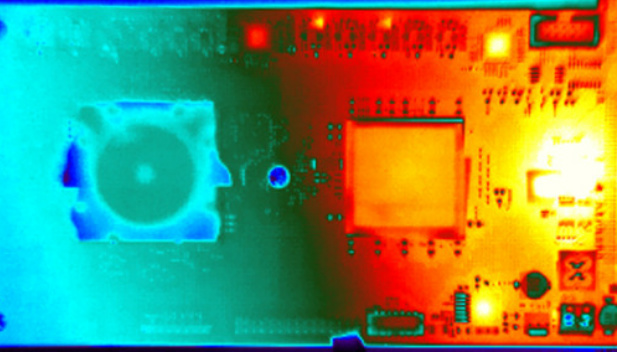IBM has taken another step toward its ambitious goal of creating a processor that acts like a human brain, creating a second, more advanced chip that mimics the way the mammalian brain operates.
“It’s a new landmark of the brain-inspired computers,” said Dharmendra Modha, IBM Research fellow and chief scientist focusing on brain-inspired computing.
Researchers from Cornell Tech helped design this chip as well. The researchers describe the chip in this week’s issue of the Science journal. “Our architecture is designed to approximate the structure and function of the brain in silicon, while being efficient in terms of power,” Modha said.
Once commercialised, such a chip could act as a low-power sensor for a range of embedded and portable devices. “It could become the silicon brain for the Internet of things,” Modha said. “It could transform the mobile experience as we know it.”
The processor could also be planted in large supercomputers to boost the speed of machine learning and other neural network-based computations.
This is the second such brain-inspired chip that Modha’s team at IBM has created – the first was made in 2011.
The new processor, codenamed TrueNorth, has 5.4 billion transistors woven into an on-chip network of 4,096 neurosynaptic cores, producing the equivalent of 256 million synapses, much larger than the 2011 design of roughly 260,000 synapses.
IBM has also tethered 16 of these chips together in four four-by-four arrays, which collectively offer the equivalent of 16 million neurons and 4 billion synapses, showing that the design can be easily scaled up for larger implementations.
The work originated in 2008 as a US Defense Advanced Research Projects Agency (DARPA) project, under the project name of Systems of Neuromorphic Adaptive Plastic Scalable Electronics (SyNAPSE).
The chips represent a radical break in design from today’s von Neumann architecture of computing, where computations are quickly made in a serial fashion.
This chip architecture approximated how the human brain works, in that each ‘neurosynaptic core’ has its own memory (‘synapses’), a processor (‘neuron’) and communication conduit (‘axons’), which all operate together in an event-driven fashion.






Subscribers 0
Fans 0
Followers 0
Followers